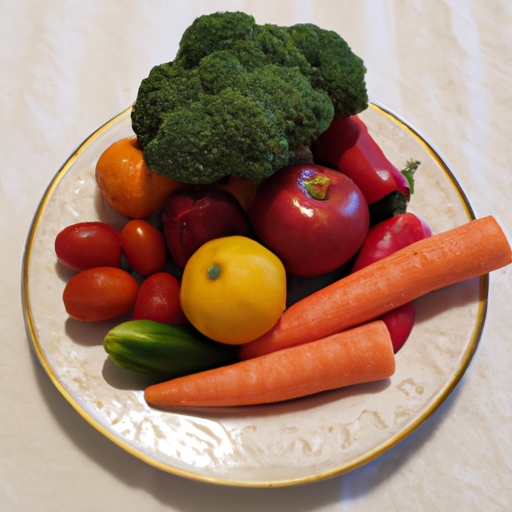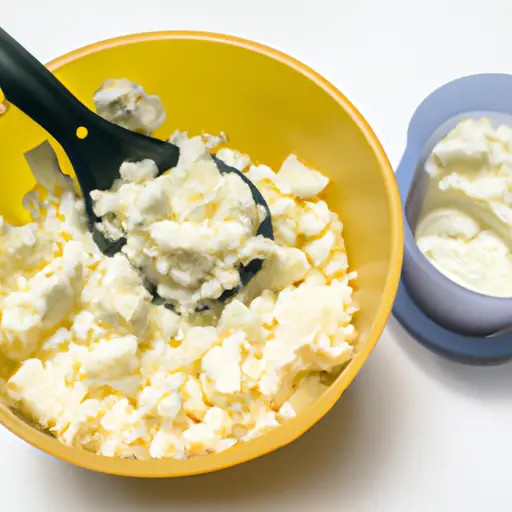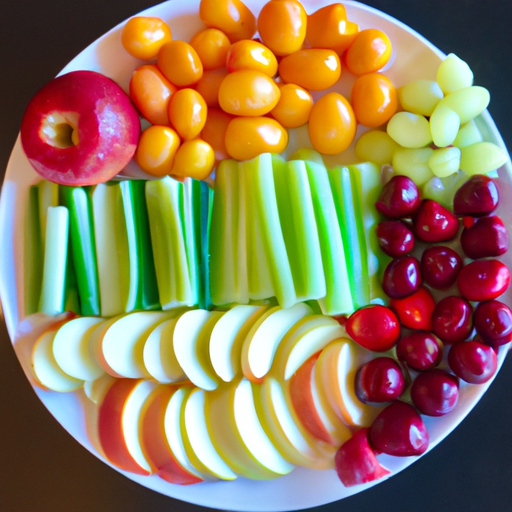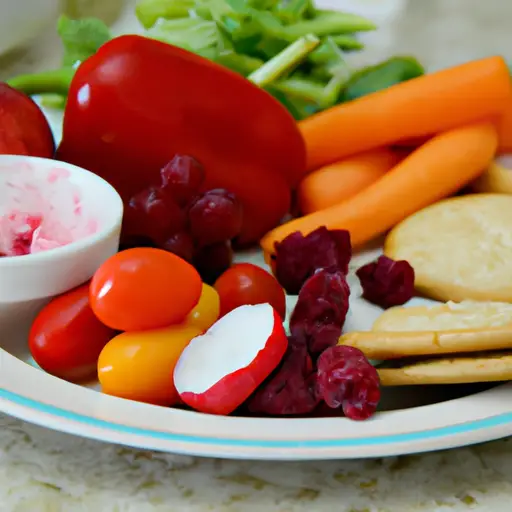Planning Meals with Portion Control
Let’s Get Real: Portion Control is Key to a Healthy Lifestyle
Hey there, friends! As a nutrition guru, I can’t emphasize enough the importance of portion control in maintaining a healthy diet. Portion control means regulating the amount of food you consume to match your body’s daily caloric needs. It’s a simple concept that can make a huge difference in your overall health and well-being. So let’s dive in and talk about the benefits of planning meals with portion control, and the steps you can take to make it a part of your daily routine.
Benefits of Planning Meals with Portion Control
Hey, guys! I’m excited to talk about the benefits of planning your meals with portion control. Trust me, it’s worth it!
First off, with portion control, you’ll be able to lose weight or maintain a healthy weight without feeling hungry all the time. By knowing how much you’re putting on your plate, you can ensure you’re eating the right amount of food for your body. As a result, you won’t overeat and take in more calories than you need, which in turn leads to weight gain.
Another benefit of portion control is that it can help improve your digestion. Eating large portions can often make you feel bloated and uncomfortable. By eating smaller portions, you’re reducing the amount of stress on your digestive system, making the process a little bit easier on your body.
Portion control can also improve your overall nutrition. When you plan meals with portion control, you’re able to make sure you’re getting a balance of all the necessary vitamins, minerals, and nutrients, as opposed to just eating a ton of one particular food group. By doing so, you’ll be able to get all the nourishment your body needs to stay healthy and strong.
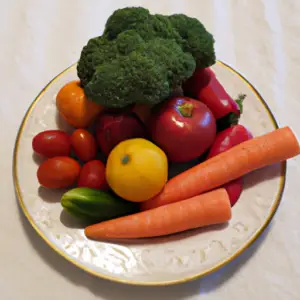
If you need some help getting started with portion control, check out this cool article I found all about the importance of portion control here. Trust me, it’s a game changer. Thanks for reading!
How I Plan My Meals with Portion Control
Planning meals with portion control has been a game-changer for me. I used to eat until I was stuffed, but now I have learned to listen to my body’s hunger cues and eat the appropriate amount. Here are the steps I take when planning my meals with portion control:
1. Calculate Your Daily Calorie Requirements
To plan your meals with portion control, you need to know how many calories you should be consuming each day. There are many calorie calculators available online that can help you determine your daily calorie needs based on your age, height, weight, and activity level. Once you know how many calories you need, you can divide them up into meals and snacks, making sure that each one is balanced and portion-controlled.
2. Establish a Meal Plan
Creating a meal plan is an essential step in planning your meals with portion control. I like to plan my meals a week in advance, so I know exactly what I will be eating each day. This helps me save time and money and ensures that I am eating a healthy, balanced diet. When planning my meals, I make sure to include a variety of whole grains, lean proteins, fruits, and vegetables.
3. Measure and Weigh Your Foods
Measuring and weighing your foods is a crucial step in practicing portion control. It can be challenging to eyeball the correct portion size, so investing in a food scale and measuring cups can be helpful. I like to use a measuring cup when serving cereal or oatmeal for breakfast and a food scale when weighing out my protein portions for lunch and dinner.
4. Tips for Practicing Portion Control
Here are a few tips that have helped me practice portion control:
- Use Smaller Plates: Using a smaller plate can help you control your portions by making it look like you have a full plate of food.
- Increase Fiber Intake: Eating more fiber can help you feel fuller for longer and reduce the urge to overeat.
- Avoid Distractions: Try to eat without distractions such as your phone or TV as this can lead to mindless eating and overconsumption.
5. Conclusion
Planning meals with portion control has numerous benefits, including weight management, improved digestion, and better overall health. By calculating your daily calorie needs, establishing a meal plan, measuring and weighing your foods, and practicing portion control tips, you can take control of your nutrition and make healthier choices.
Watch Your Portions – My Expert Tips!
Portion control can be challenging, especially if you’re new to it. But don’t worry, I’ve got some expert tips to share with you that will make it easier to stick to your goals.
Use Smaller Plates
When it comes to portion control, one of the best tricks is to use smaller plates. The smaller the plate, the less food you’ll take, and the less likely you are to overeat. So, if you’re struggling to control your portions, try switching to smaller plates.
Increase Fiber Intake
Eating foods high in fiber can help you feel fuller longer, which can make it easier to stick to smaller portions. So, be sure to include plenty of fruits, vegetables, and whole grains in your meals.
Avoid Distractions
When you’re eating, it’s important to focus on your food and not be distracted by TV, phone, or computer screens. Studies have shown that people who are distracted during meals tend to eat more, so turn off the screens and enjoy your food in peace.
These tips may seem small, but they can make a big difference in your journey towards better health. So, give them a try and see how they work for you!
The Bottom Line: Why Portion Control Matters
After researching and practicing portion control, I can confidently say it is one of the most important steps for better health. By simply managing our food intake, we can prevent weight gain, reduce the risk of chronic diseases, and even improve our mental health. It’s all about finding the right balance for our daily calorie needs and choosing foods that are nutrient-dense and satisfying.
As we discussed earlier, planning meals with portion control involves several steps, such as calculating daily calorie requirements, establishing a meal plan, and measuring food portions. This might seem daunting at first, but it’s all about being mindful of what you eat and making conscious decisions about portion sizes.
Here are some tips for practicing portion control: using smaller plates, increasing your fiber intake, and avoiding distractions. These simple and effective strategies can make a big difference in how much you eat and how satisfied you feel after each meal. Remember to be patient with yourself and celebrate small successes along the way.
Overall, portion control is a powerful tool for improving our health and wellbeing. By staying mindful of our food choices and portion sizes, we can enjoy delicious and satisfying meals while supporting our long-term health goals. So, start small and be consistent in your efforts – the benefits are definitely worth it!
